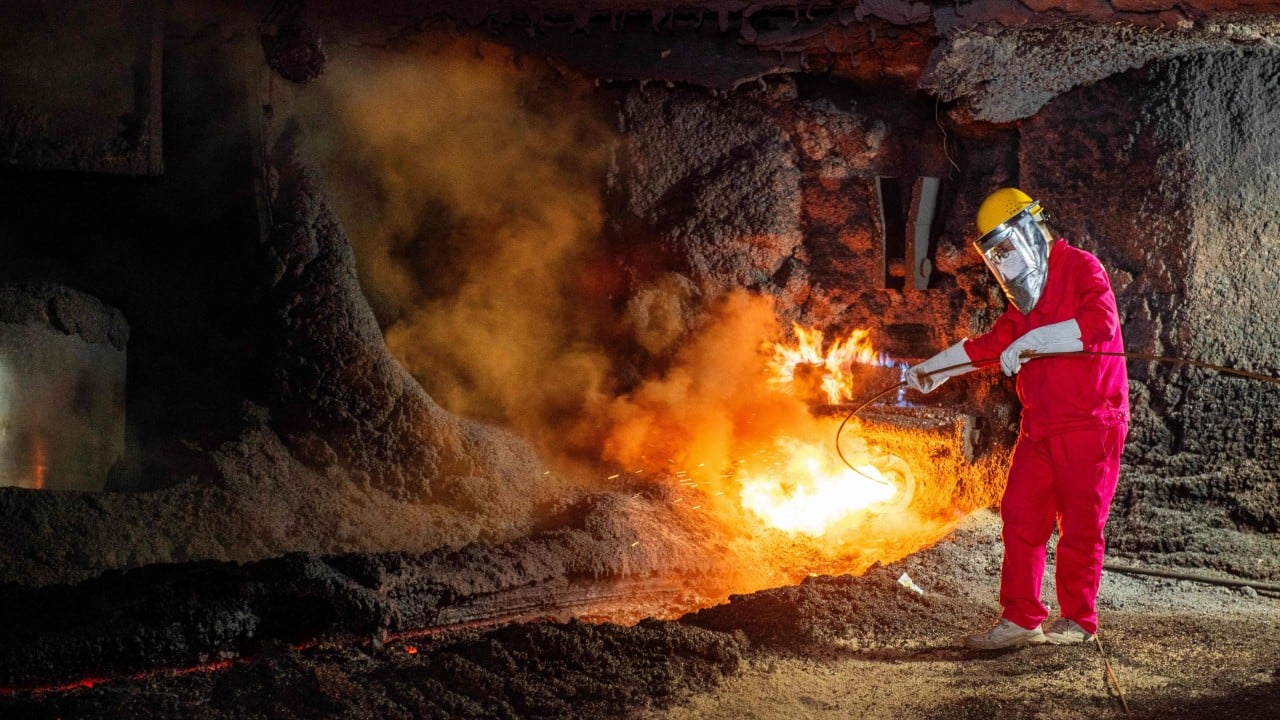As Hong Kong embarks on the exciting journey of building a commodities ecosystem, four key areas could help the city set the course. The task at hand is to explore real economy patterns to supplement the city’s financial plans.
Advertisement
First, we must prioritise products. The commodities market covers multiple categories. However, I will only focus on the industrial metals subset. Here, Hong Kong would want to select highly liquid, high-impact products to make scaling up easier.
Three major metals are steel, copper and aluminium. Steel’s estimated market size was US$1.47 trillion in 2024, that of copper about US$300 billion and that of aluminium over US$200 billion. For comparison, crude oil, the world’s number one commodity, is valued at around US$2 trillion.
The steel, copper and aluminium production markets would provide a sizeable platform for Hong Kong’s launch. Mainland China commands a 40 to 60 per cent global share in all three metals, highlighting their strategic importance.
Their supply chains follow various, sometimes differing, patterns. China often imports iron ore and bauxite from Australia, Brazil or West African countries for processing. Finished products might be exported to Southeast Asia, the Middle East or Group of Seven countries.
Advertisement
For copper, concentrates from countries in South America and Africa are imported into China as raw materials, while finished goods mostly serve the domestic market. By understanding real economy trade flows, Hong Kong can target specific markets for business opportunities.

